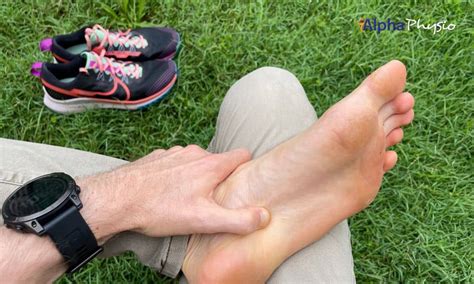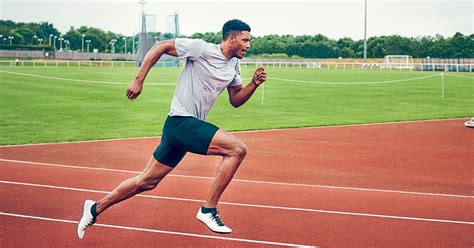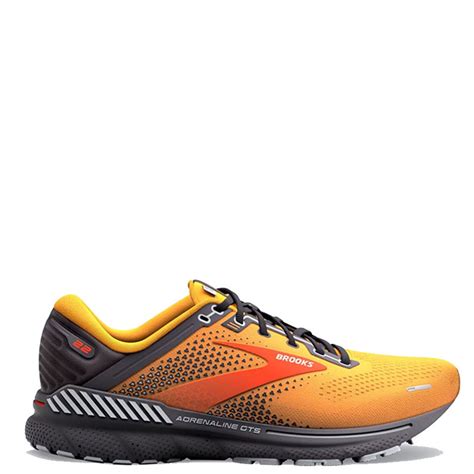Understanding Plantar Fasciitis and Your Footwear Needs
Plantar fasciitis is a common and often debilitating condition characterized by inflammation of the plantar fascia, a thick band of tissue running across the bottom of your foot, connecting your heel bone to your toes. For runners, this can be a particularly frustrating ailment, making every step painful. While rest and stretching are vital, the right running shoes play a paramount role in managing symptoms and preventing further irritation.
When searching for the best running shoes for plantar fasciitis, it’s not just about comfort; it’s about specific features that support your arch, cushion your heel, and promote proper foot mechanics. Ignoring these factors can exacerbate your condition, turning a minor ache into chronic pain.

Key Features to Look for in Running Shoes
To effectively combat plantar fasciitis, your running shoes should offer a combination of critical elements designed to reduce strain on the plantar fascia. Here’s what to prioritize:
Superior Arch Support
The most important feature is robust arch support. This helps to maintain the natural alignment of your foot, preventing the arch from collapsing (pronation) which can overstretch the plantar fascia. Look for shoes with a firm midsole and a contoured footbed that cradles your arch without being overly rigid or too soft.
Excellent Cushioning, Especially in the Heel
High-quality cushioning, particularly in the heel area, is essential to absorb impact and reduce stress on the inflamed tissue. Brands often employ specific technologies (e.g., gel, foam compounds) to provide plush yet responsive cushioning that doesn’t compromise stability.
Enhanced Heel Stability and Support
A firm heel counter helps to stabilize your foot and prevent excessive movement, which can aggravate the plantar fascia. Shoes with a good heel lock-down feature will keep your foot securely in place, minimizing unnecessary strain during your stride.
Appropriate Drop (Heel-to-Toe Offset)
While opinions vary, many find that a moderate heel-to-toe drop (around 4-8mm) can alleviate pressure on the Achilles tendon and, by extension, the plantar fascia. A higher drop might put more pressure on the forefoot, while a zero-drop might stretch the fascia too much for some individuals.

Top Shoe Brands and Models Often Recommended
While individual foot mechanics vary, certain brands and specific models consistently receive high praise from runners suffering from plantar fasciitis:
- Hoka: Known for their maximal cushioning, Hoka shoes (e.g., Clifton, Bondi, Arahi) offer exceptional shock absorption and often a rocker-style sole that can propel you forward, reducing strain on the forefoot and heel.
- Brooks: Models like the Adrenaline GTS (stability) and the Glycerin (neutral, max cushioning) provide excellent support and plush comfort. Brooks’ GuideRails technology in their stability shoes helps keep excess movement in check.
- Saucony: The Guide (stability) and Triumph (neutral, max cushioning) lines offer a good balance of cushioning and support, with responsive midsoles that absorb impact effectively.
- New Balance: Shoes like the 860 (stability) and 1080 (neutral, max cushioning) are popular choices, providing reliable cushioning and substantial arch support.
- Mizuno: Their Wave Rider and Wave Inspire models utilize a unique wave plate technology for a blend of cushioning and stability, which can be beneficial for some.

Considerations Beyond the Shoe
Even with the perfect pair of shoes, managing plantar fasciitis requires a holistic approach:
- Orthotics/Insoles: Sometimes, the factory insole isn’t enough. Over-the-counter orthotics or custom orthotics prescribed by a podiatrist can provide targeted arch support and cushioning that perfectly matches your foot’s needs.
- Stretching and Strengthening: Regular stretching of the plantar fascia, Achilles tendon, and calf muscles, along with strengthening exercises for your foot and ankle, are critical for recovery.
- Footwear Rotation: Don’t just stick to one pair of shoes. Rotating between two or three supportive pairs can extend their lifespan and vary the pressure points on your feet.
- Replacing Shoes Regularly: Running shoes lose their cushioning and support over time, typically after 300-500 miles. Replace them promptly to maintain optimal protection.

Conclusion
Choosing the best running shoes for plantar fasciitis is a highly personal journey, but by focusing on robust arch support, ample cushioning (especially in the heel), and good stability, you’ll be well on your way to finding relief. Don’t hesitate to visit a specialty running store where experts can analyze your gait and recommend shoes tailored to your specific foot type and running style. With the right footwear and a consistent management strategy, you can get back to enjoying your runs pain-free.





